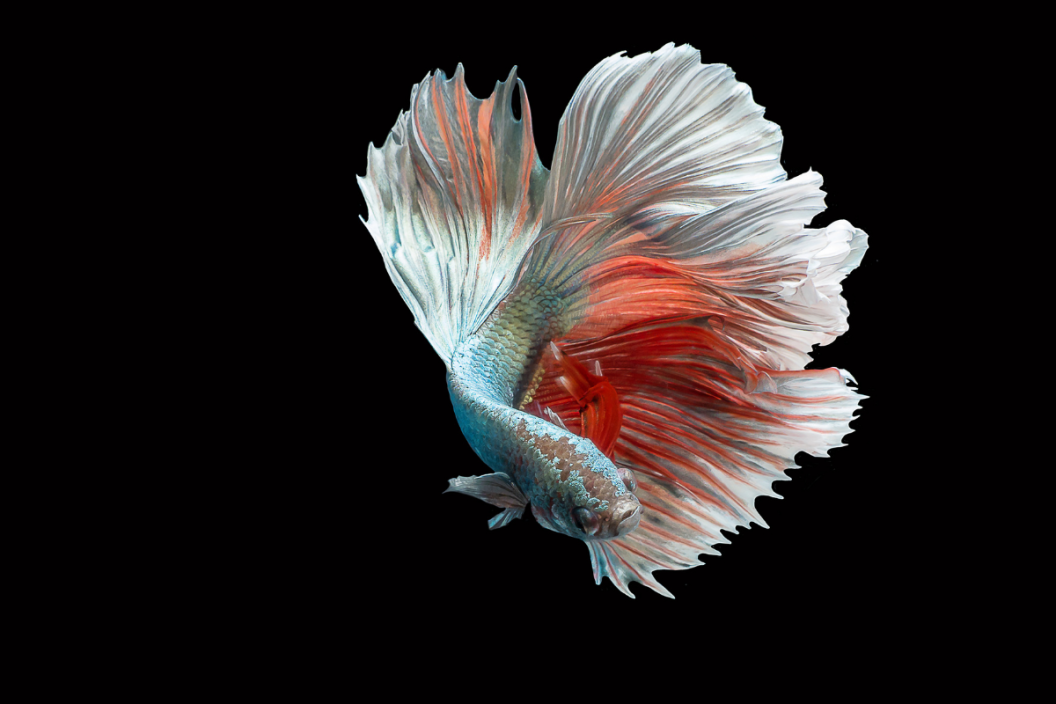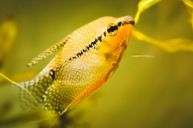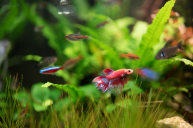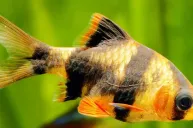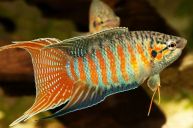The beautiful, half-moon fan-tailed betta fish is one of the most low-maintenance pets.
Just because they are pretty doesn't mean they are hard to take care of. Bettas (Betta Splendens) are common in countertop settings inside a glass vase with little more than floating vegetation to keep them company. They are relatively easy fish for beginners to care for, and you can find them at almost any pet store.
Where Do Betta Fish Come From?
https://www.instagram.com/p/CUYHFLKP-JM/
Bettas are also known as the Siamese fighting fish. They were found in Thailand in freshwater Asian rice paddies—areas susceptible to drought and notorious for wagered fish battles. Because of their limited aquatic habitat, bettas developed a lung-like organ, the labyrinth organ, that allows them to obtain oxygen through the air at the surface of the water, not just by passing water over their gills.
This adaptation classifies them as labyrinth fish. This means they can survive for a small amount of time outside of the water! It is also the reason they can survive in fishbowls lacking water flow for oxygen. However, water quality is always important in fish care. Bettas will have a much better caliber of life if they are in a small, slightly filtered tank with good water conditions instead of a vase.
Betta Fish Tank Requirements
Betta fish care is not super complex, but it is not as easy as many think. A common misconception is that a Betta fish can just go into a cup like you find them in the pet store and survive. While they could live like that, it is not a very happy life. A beautiful fish like the Betta fish deserves to have a nice tank with a filtration system and an aquarium heater just like other types of fish.
Betta fish tank requirements also include correct water temperature around 74 degrees (they like warm water). If they are in cold water, it can harm their immune system and kill them. Each fish requires about a gallon tank of clean water. So every time you add in tap water, make sure it is treated with a water conditioner. You can also use a test kit to ensure the water has the appropriate ph balance and nitrite level. Nitrates should be kept low at all times. If levels get too high in the aquarium water, it can harm the freshwater fish. Twice-a-week new water changes are ideal if the fish lives in a bowl to avoid fin rot.
Behavior & Diet
https://www.instagram.com/p/CRedvTutTGE/
RELATED: Neon Tetra: Friendly Fish or New Tank Nightmare?
Bettas are known as aggressive fish, especially male betta fish. They will fight other betta tankmates, so keep them separated. Females can sometimes get along with other non-betta tropical fish like tetras, brine shrimp, or other aquarium fish. But even a male betta and female betta cannot cohabitate in a community tank.
Bettas like to have a place to hide, such as floating live plants. They feed on live food, preferring bloodworms, brine shrimp, daphnia, larvae, and specialized betta pellets. They are carnivores so don't feed them regular fish food! Instead, feed them as much as they will eat in two minutes. Diet is important for maintaining coloration in their flowing long fins.
The Tropical Fish Care Guides explain that proper care includes feeding betta fish a special diet. And according to their experts, betta food consists of:
"A Betta's diet should be protein-rich and meaty. Pellets, frozen or live bloodworms, daphnia, and brine shrimp are best."
Freeze-dried bloodworms will work just as well. Be careful not to give your betta fish too much food. Overfeeding will just lead to a buildup of leftovers on the bottom of the tank that will eventually just gunk it up.
If you're ready to add this beautiful fish with its bright colors to your home make sure, you have your checklist complete. Easy care makes betta fish a popular choice with novice aquarists. The list should include the betta tank (females like larger tanks), betta food, live plants, and lastly, your betta fish! And don't forget how important water quality (poor water quality is an issue) and water temperature is when you set up your betta tank. Pet shops like Petco and Petsmart sell betta fish and you can always call ahead with questions. Sales folks can help if you need to troubleshoot various aspects of your tank setup. Remember to let them eat shrimp so stock up!
The Red Dragon Half-moon Betta is an exquisite variety and extremely popular. Ask about the Dragon Crowntail Betta too!
Bettas' average life span is 2-3 years.
Remember these important notes about your new Betta and their new home!
- Most of them require at least a 5-gallon tank. So the tank size could be even bigger!
- The tank water must be clean and oxygenated by plenty of plants.
- So small bowls and small tanks are just unacceptable. As a betta owner who is on top of betta care, give your new pet a nice natural habitat.
Do you have a betta fish? Tell us on our Wide Open Pets Facebook page!
This article was originally published on June 3, 2019.
